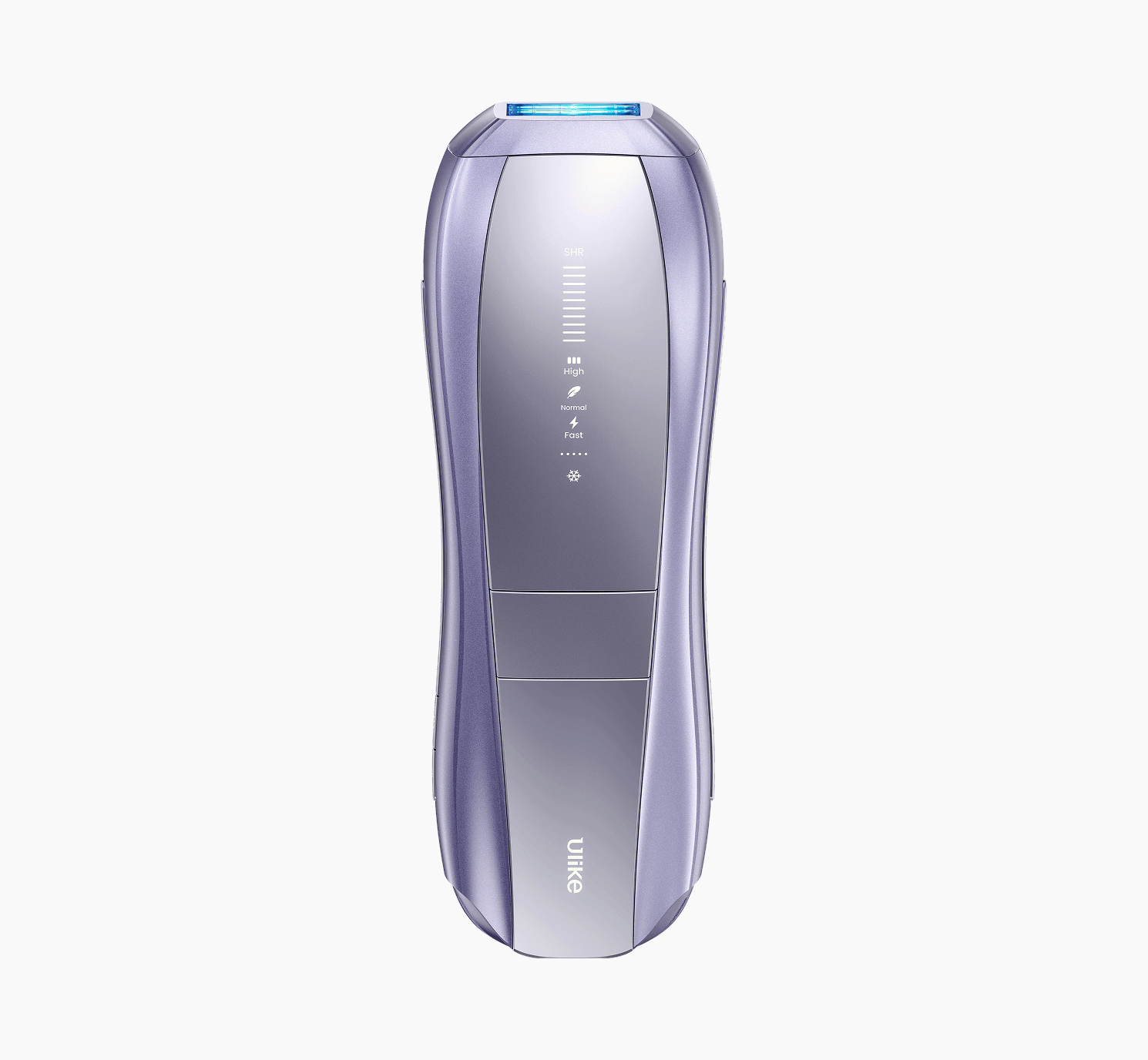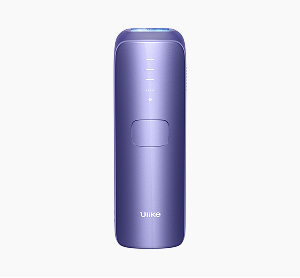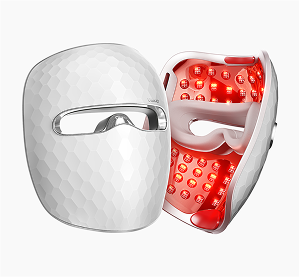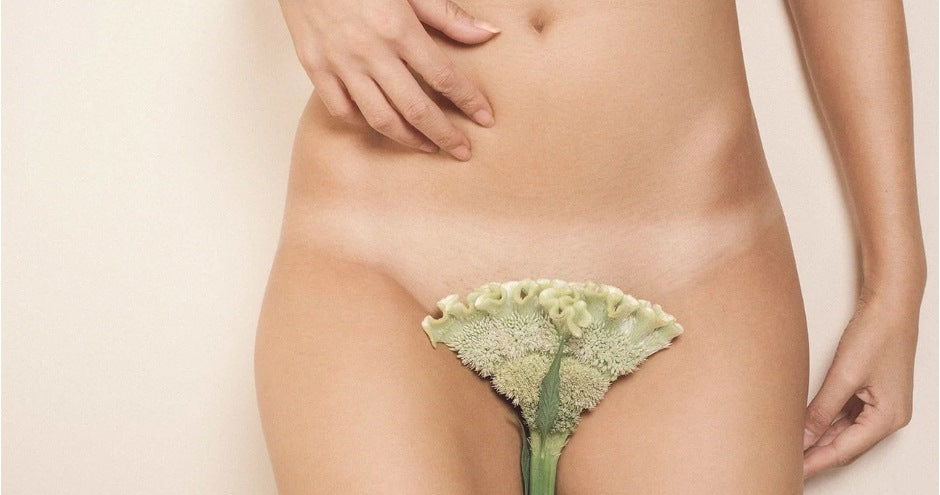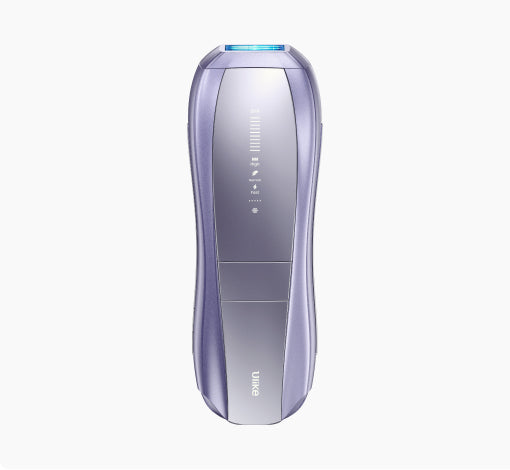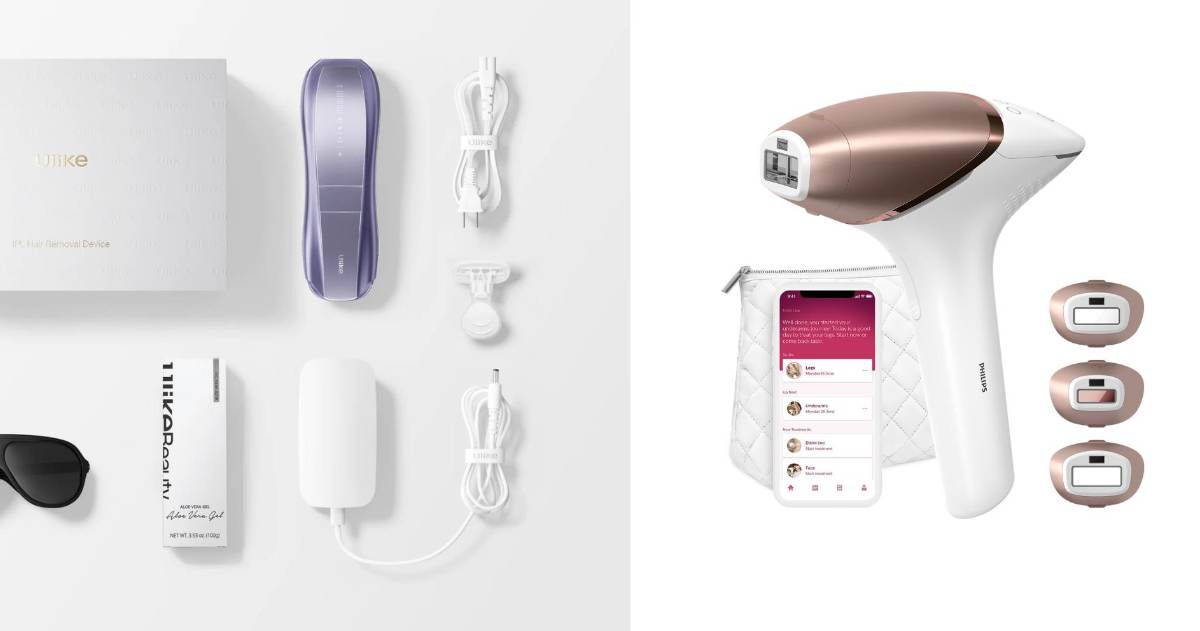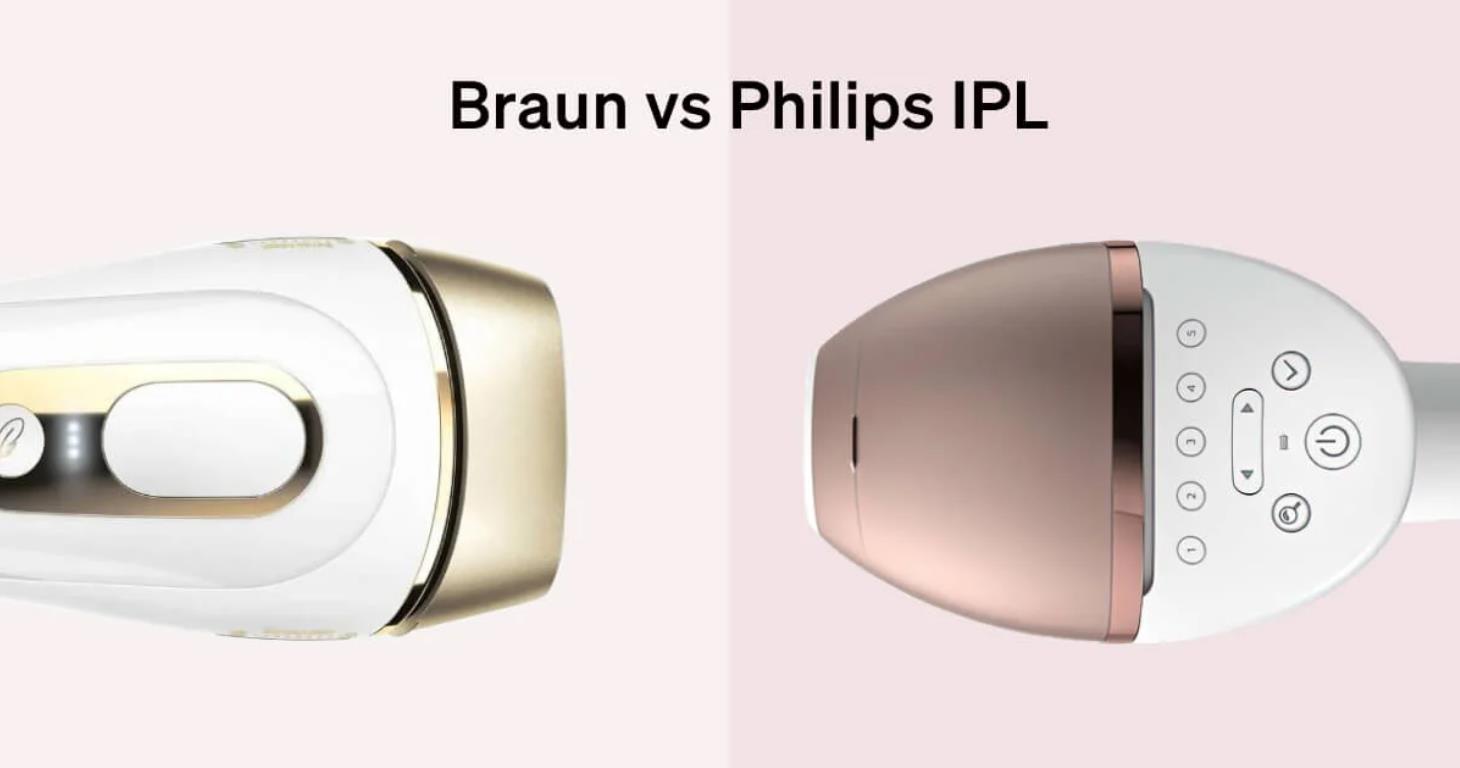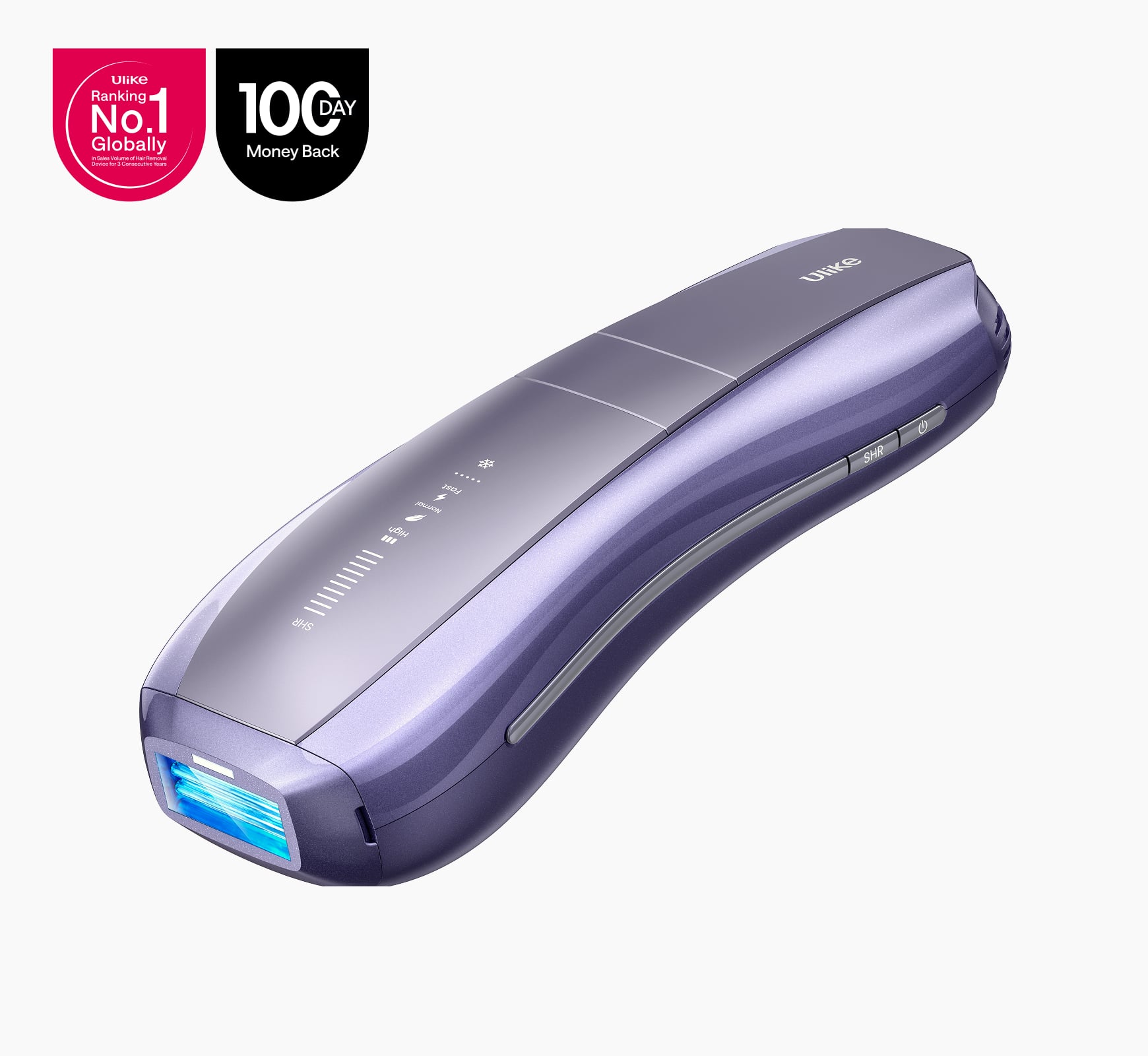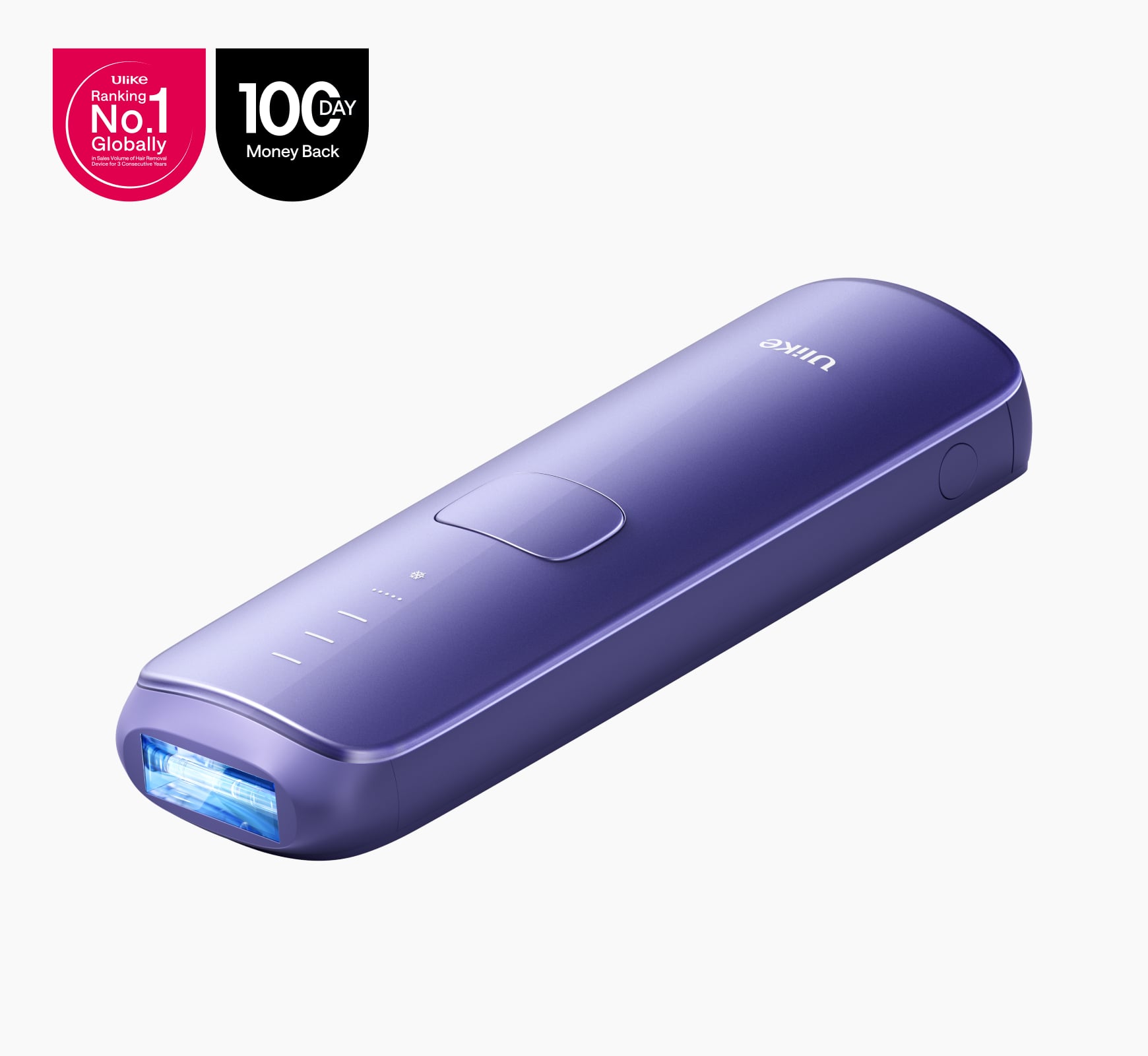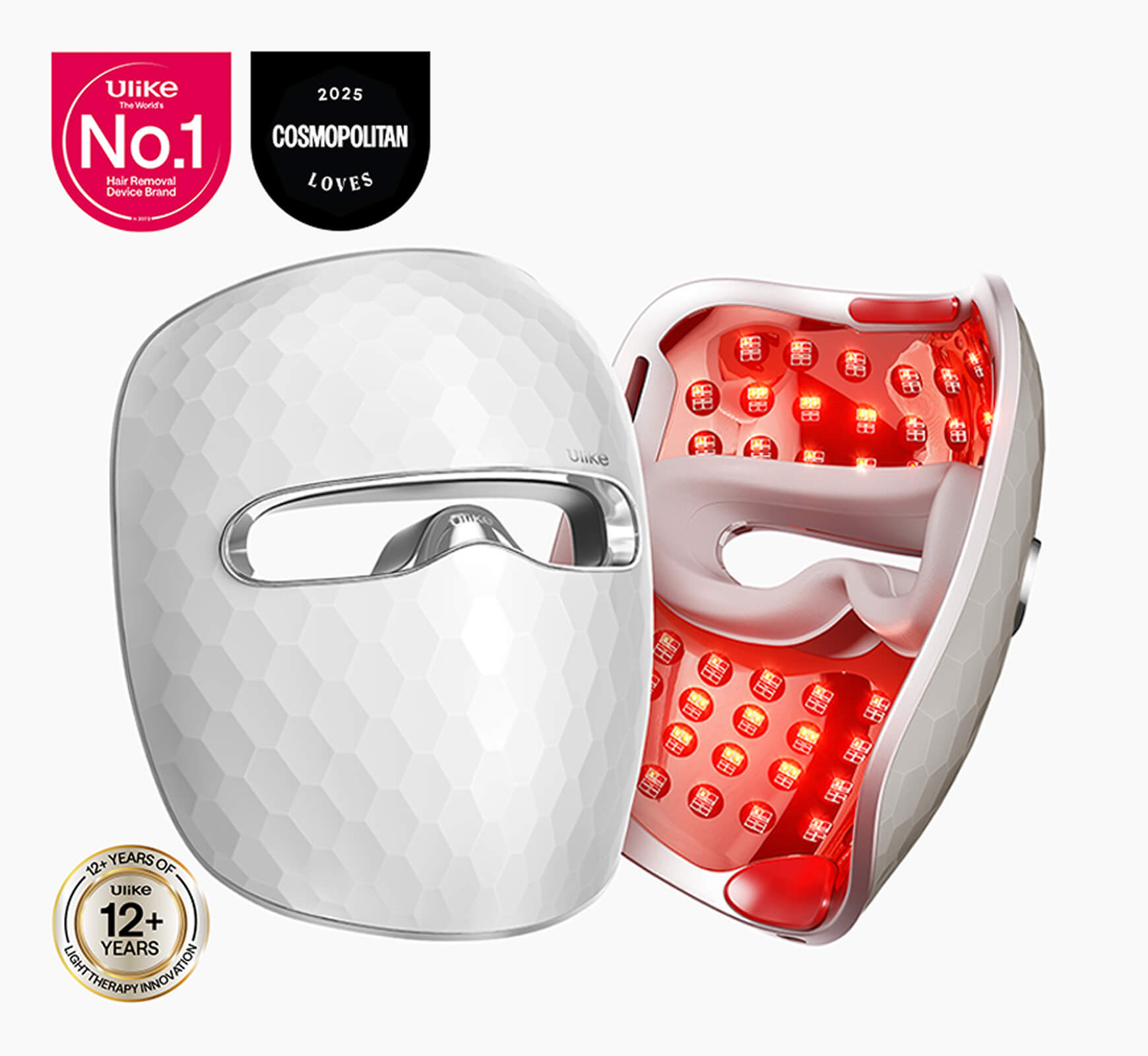Pubic hair has a characteristical distinction from the rest of our facial and body hair. For many people, the hair in the pubic region is thicker than the rest of the body hair. And there is a very special reason attributed to it (or more). Hair is generally meant to protect the skin underneath, so just like you have hair in your nose, in your ear, and under your armpits, the skin around your pubic region is also very sensitive and thus you have hair there as well.
And if you are women with thick pubic hair; which may seem unusual to you, you are not alone. Societal beauty standards have shifted a lot over time and people in modern cultures are known to keep their pubic hair groomed and clean through waxing and shaving. Even men with thick pubic hair show concerns regarding the aesthetics and hygiene surrounding pubic hair and it is all perfectly normal since there are multiple ways to manage them effectively.
Why Is Pubic Hair So Thick?
If you have thick pubic hair, you should certainly never shy away from the fact and embrace it proudly because to feel confident in your own skin, you should be confident about each and every square inch of your body. If you are curious to know why you or certain people have thick pubic hair, you should know there’s a lot more than one reason contributing to it.
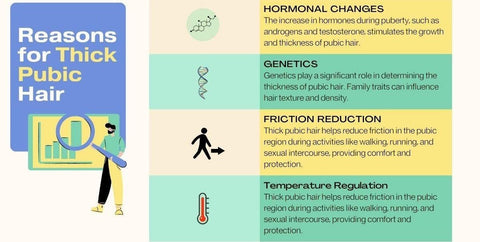
- As you reach puberty, certain hormones spike and in the case of women with hormonal issues, this may be a common phenomenon where there is a thinner growth of pubic hair around the groin region.
- Genetics and environmental factors sometimes play a major role in the thickness of pubic hair.
- Thick pubic hair reduces friction in the pubic region while walking, running, and sexual intercourse.
- Thick pubic hair helps regulate the temperature in the pubic region keeping the reproductive organs warm.
Can Thick Pubic Hair Cause Itching?
On some occasions, your pubic region can be subjected to rashes and ultimately itching; and your pubic hair might have a correlation to it.
Although pubic hair is meant to reduce the friction in the groin region, while walking and running, pubic hair that is more coarse and dense might create more friction which can lead to skin irritation and itching.
Warm and humid environments can also be a leading cause where sweat and moisture root to inflamed follicles which can sometimes also result in infections like folliculitis. It gives room for bacteria and fungal infections to thrive and thus proper grooming and hygiene practices are often stressed by dermatologists.
Other reasons that might answer the question; can thick pubic hair cause itching? Is that rashes or itching in the groin region could be due to shaving off thick pubic hair, where you cut the hair from the surface, creating a sharp end at the hair, eventually causing irritation. Sweat, oil, and dead skin cell buildup occur when you do not scrub or clean the area properly, and this might sometimes also lead to infections and uncontrollable irritation.
How to Shave Thick Pubic Hair?
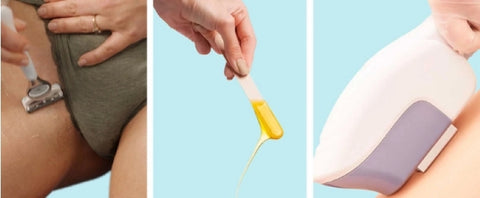
If your choice of grooming pubic hair is shaving and you worry that you are doing it wrong because you get razor bumps and ingrown hair frequently, this step-step technique might save you trouble.
First and foremost, you need a proper pre-shaving routine to help you have a smoother shaving experience. Here’s what you should keep in mind for your pre-shave routine;
- You most certainly would not want the hair to be too long or else you will face trouble getting to all the nooks and crannies of the pubic region. A good ballpark would be ½ inches for the length of the hair, so either shave it around when your hair is not too long or simply trim it down a bit with a trimmer or scissors.
- Warm water helps open the pores and make the hair softer, so naturally it is advised your take a shower with warm water to make your shaving experience smoother.
- Gently scrub the area to remove dead skin cells and prevent ingrown hairs. You can either use a loofah or a gentle fragrance-free scrub. The purpose is exfoliation so make sure to go through this process properly.
Now, let's get to the actual business of shaving and how to get rid of thick, coarse pubic hair smoothly.
Step 1: You can use soap, shaving gel or even a conditioner to allow the razor to glide across your skin smoothly. If you use simply water, the shaving experience might feel a little rough.
Note: Make sure your choice of product does not include fragrance or ingredients that your skin might show sensitivity to.
Step 2: Use a clean and sharp razor and be sure to sterilise it with soap and water before the razor touches your skin. If you use a blunt and rusted razor, it can root to more trouble than anything else because it might potentially lead to cuts and infections.
Step 3: Shave in the direction of hair growth and not across it. This way you avoid bumps and ingrown hair. Remember to not be hasty and vigorous; hold the razor gently and move slowly.
Step 4: After each stroke where the razor collects hair and shaving cream, make sure to run it under the water so the blades of your razor are not clogged.
Step 5: After shaving, rinse the area thoroughly and pat it dry with a clean towel. Use a fragrance-free moisturiser or a non-comedogenic oil such as jojoba, tea tree or argan oil to hydrate the area and give you a relaxing and soothing experience if your skin is irritated.
How to Remove Thick Pubic Hair Without Shaving
For some people, shaving the pubic hair might not just be the solution. This is especially the case for people with naturally thick pubic hair because when you shave the hair down there it creates a sharp end of the hair. The sharp ends are pointy and can poke into the skin, causing discomfort or itching as the hair starts to grow back or when friction is created. And sometimes this might even be the cause to ingrowns.
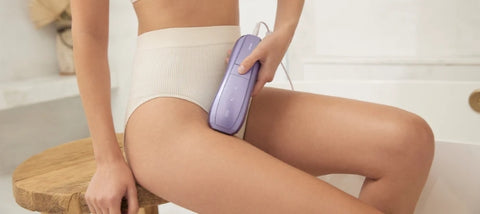
Ulike IPL device can significantly address this issue and give you a smooth and neat solution to grooming your pubic hair. It also addresses the coarse situation of the pubic hair where when the hair eventually grows back after being lasered off by an IPL device such as Ulike Air 10, it grows back significantly lighter addressing the biggest query on how to remove thick pubic hair without shaving.
Intense Pulsed Light (IPL) technology targets the root of the hair follicle and damages it to prevent hair growth in the area. It is a less painful and longer-lasting alternative to waxing, threading, and tweezing.
An IPL device is often accompanied by safety glasses, so be sure to wear them since you are working with intense pulsed light. Remember, IPL and laser hair removal work best by targeting the melanin in the hair.
Therefore, the treatment is most effective when there is a significant contrast between the skin and hair—ideally when the skin is light, and the hair is dark. This allows the light energy to be absorbed more efficiently by the hair follicles, resulting in better outcomes.
Step 1: Prepare your hair by shaving it beforehand. You want to target the hair beneath the skin to damage the root of the follicle, therefore if you have longer hair, the IPL will simply burn the hair on top of the skin and not serve its prime purpose.
Step 2: Do a patch test and wait a couple more minutes before proceeding doing IPL with the rest of the area. This way you can be sure of the fact whether your skin is sensitive to the Ulike Air 10 IPL.
Step 3: Select the energy level that is recommended for your skin tone and hair colour.
Step 4: Place the Ulike Air 10 device at a 90° angle and make sure that it is making full contact with the skin.
Step 5: Slowly move around the area holding down the button. For the pubic region, since you would want precise and gentle treatment, either set it to Gentle mode, or Stamp mode.
Bottomline
Whatever your choice of method is to remove pubic hair, the key rule is to keep the area clean and hygienic. Ulike Air 10 is a great choice for starters, as it significantly reduces hair growth and allows you to practise a healthy grooming routine with long-lasting results. Over time, it helps reduce the thickness of hair regrowth and minimises irritation, making it a convenient alternative to traditional methods like shaving or waxing.

